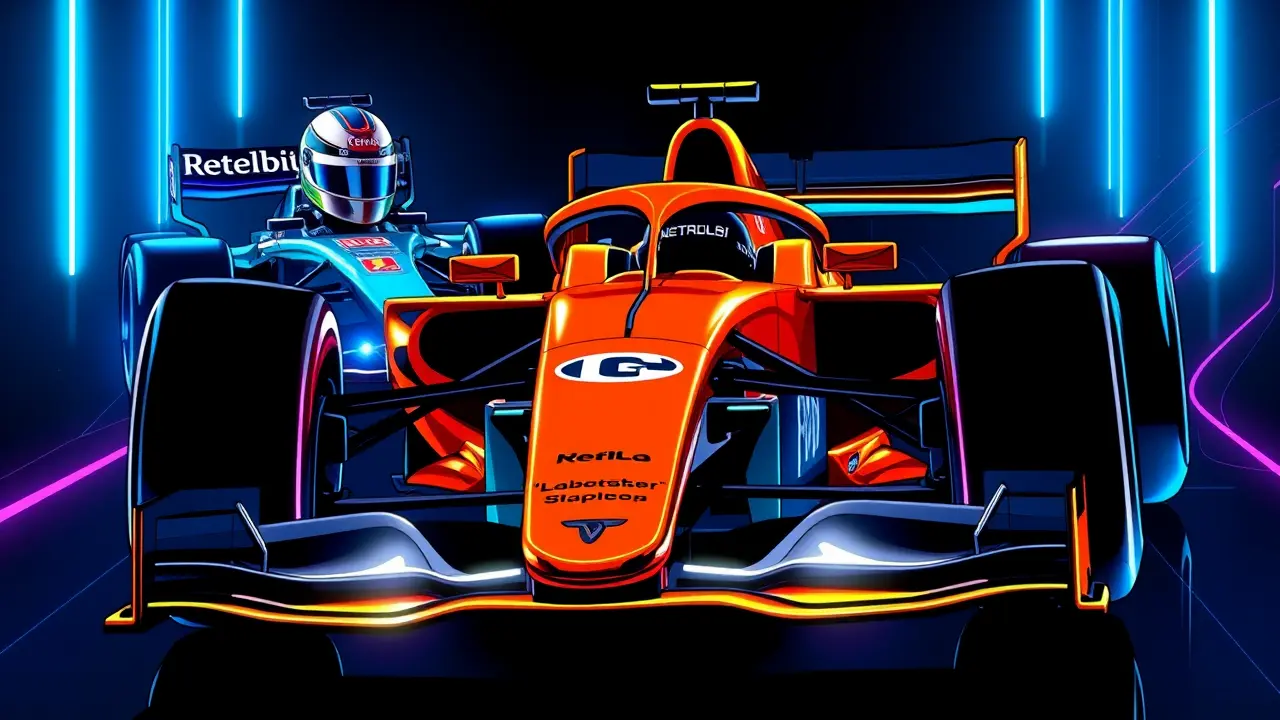Ex-engineer Alonso discusses tensions with Hamilton in 2007.
Let's rewind the tape to 2007, a season in Formula 1 so dripping with behind-the-scenes drama it could fuel a Netflix series for a decade. Picture the scene: McLaren, one of the sport's most storied teams, had pulled off a coup by signing the reigning two-time world champion, Fernando Alonso, expecting him to lead their charge.But in a plot twist nobody saw coming, they also handed a seat to a fresh-faced rookie named Lewis Hamilton. What unfolded wasn't just a championship battle; it was a full-blown psychological war, a masterclass in team politics that still gets debated in pub chats and online forums today.According to Mark Slade, Alonso's former race engineer at McLaren, the whole 'Spygate' scandal often overshadows the real, human friction that tore the team apart from the inside. Slade, speaking with the kind of candidness you only get years after the fact, peeled back the layers on a YouTube channel, revealing a dynamic far more nuanced than the simple 'villain vs.hero' narrative often painted. He admitted he genuinely liked working with Alonso, calling him a 'good guy' who was simply a fierce competitor playing the games top drivers often do to gain an edge.The tension, he suggested, wasn't a one-way street. He pointed a finger at 'the camp of Lewis – Lewis and his father [Anthony Hamilton] – and their actions,' implying that the Hamilton side was equally proactive in the political maneuvering that defined that toxic season.This wasn't just about two drivers wanting to win; it was about two empires colliding within the same garage. The real turning point, the moment the simmering pot boiled over, was Monaco.That's where the team orders—or lack thereof—crystalized the fracture. Alonso, the established star, felt he wasn't getting the number-one treatment he expected, while Hamilton, the prodigy, was proving he wouldn't bow to anyone.From there, Slade said, 'the situation just got worse and worse,' a classic descent into a dysfunctional relationship where trust evaporated faster than tire rubber on a hot lap. Then there was the incident of the cash-filled envelopes, a story so bizarre it feels like a scene from a mob movie.After a win, Alonso handed his mechanics envelopes, each stuffed with what Slade recalls was about a thousand euros. The team was, in his words, 'gobsmacked.' It was an unprecedented gesture, a massive cash bonus delivered with a handshake. While many immediately interpreted it as a blatant attempt to buy loyalty and create a faction within the team, Slade pushes back on that cynical read.To him, it was just Fernando being Fernando, a throwback to a different era in racing culture. He even noted that the Spaniard had a similar practice of rewarding 'his guys' at Renault, framing it as a gesture of generous appreciation rather than a calculated power play, though the team management famously ordered the money returned and put a stop to it.This entire 2007 saga is the foundational lore for the intense, multi-era rivalry between Alonso and Hamilton. It shaped them both.For Alonso, it cemented a reputation as a driver who could be politically formidable and difficult to manage, a narrative that has followed him through subsequent teams. For Hamilton, it was a brutal, trial-by-fire introduction to the cutthroat nature of F1's pinnacle, a lesson he learned quickly and used to forge his own path to seven world titles.The legacy of that single season is a reminder that in Formula 1, the battle isn't just fought on the track between the white lines; it's a relentless, high-stakes game played in the motorhome, the engineering office, and the media pen, where every word and every action can be a strategic move. The Alonso-Hamilton-McLaren triangle of 2007 remains the ultimate case study in how driver rivalry, when left unchecked by team leadership, can consume a championship-winning operation from within, proving that the most dangerous corners in motorsport aren't always found on the circuit map.
It’s quiet here...Start the conversation by leaving the first comment.
© 2025 Outpoll Service LTD. All rights reserved.
